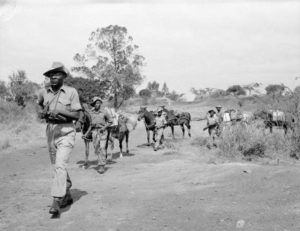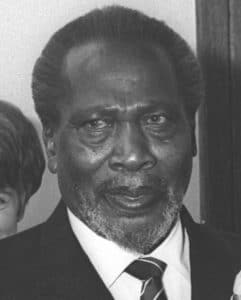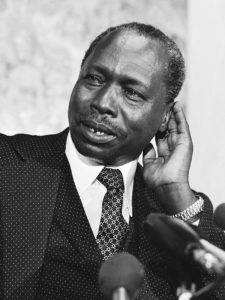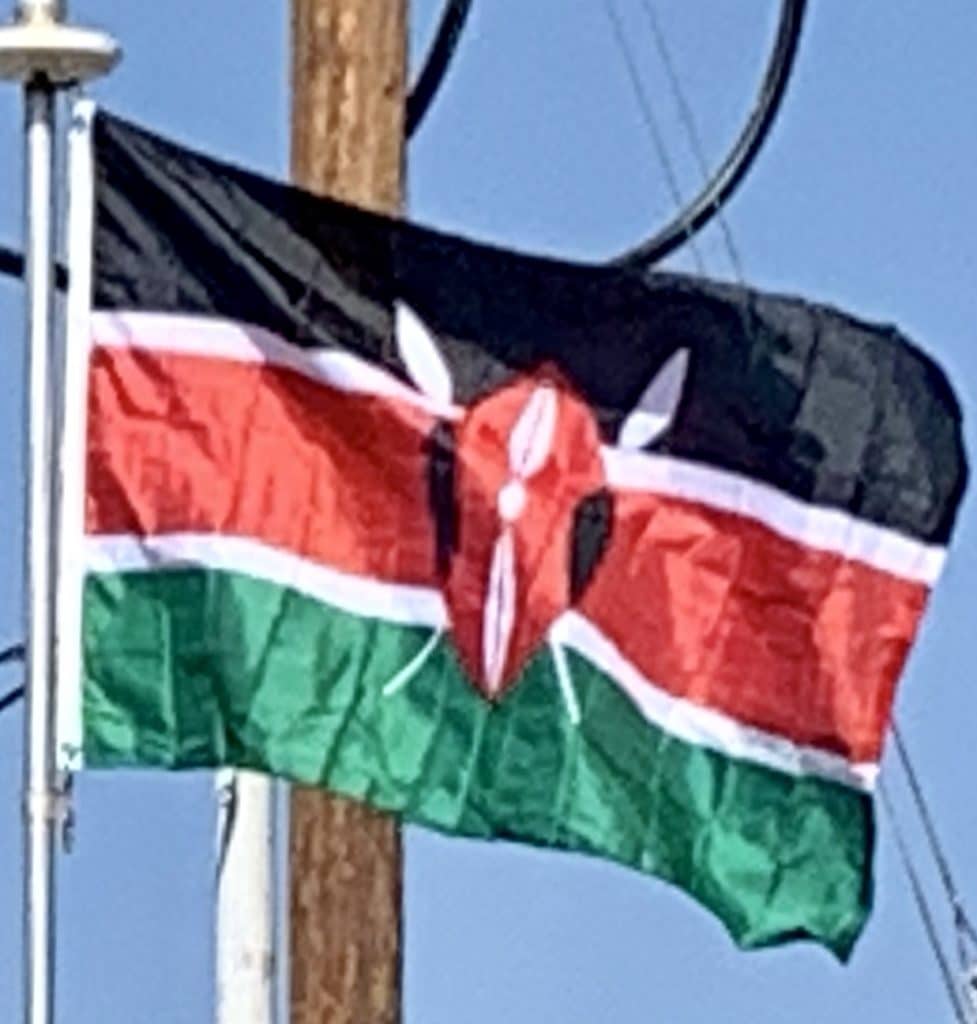
The capture of Dedan Kimathi on 21 October 1956 in Nyeri signified the ultimate defeat of the Mau Mau and essentially ended the military offensive. During this period, substantial governmental changes to land tenure occurred. The most important of these was the Swynnerton Plan, which was used to both reward loyalists and punish Mau Mau.
Independence:
Despite British hopes of handing power to “moderate” local rivals, it was the Kenya African National Union (KANU) of Jomo Kenyatta that formed a government. The Colony of Kenya and the Protectorate of Kenya each came to an end on 12 December 1963, with independence being conferred on all of Kenya. The United Kingdom ceded sovereignty over the Colony of Kenya. The Sultan of Zanzibar agreed that simultaneous with independence for the colony, the sultan would cease to have sovereignty over the Protectorate of Kenya so that all of Kenya would become one sovereign state. In this way, Kenya became an independent country under the Kenya Independence Act 1963 of the United Kingdom. Exactly 12 months later on 12 December 1964, Kenya became a republic under the name “Republic of Kenya”.

Jomo Kenyatta became Kenya’s first president. Under Kenyatta, corruption became widespread throughout the government, civil service, and business community. Kenyatta and his family were tied up with this corruption as they enriched themselves through the mass purchase of property after 1963.
Kenyatta ruled until his death on 22 August 1978.
Post-Independence:
Following Kenyatta’s death in 1978, Daniel arap Moi became president. He retained the presidency, running unopposed in elections held in 1979, 1983, and 1988, all of which were held under the single-party constitution.

In 1991, Kenya transitioned to a multiparty political system after 26 years of single-party rule. On 28 October 1992, president Moi dissolved parliament, five months before the end of his term. As a result, preparations began for all elective seats in parliament as well as the president. The elections were scheduled to take place on 7 December 1992, but delays led to its postponement to 29 December the same year. Apart from KANU, the ruling party, other parties represented in the elections included FORD Kenya and FORD Asili. This election was marked by large-scale intimidation of opponents, as well as harassment of election officials. It resulted in an economic crisis propagated by ethnic violence as the president was accused of rigging electoral results to retain power. This election was a turning point for Kenya as it signified the beginning of the end of Moi’s leadership and the rule of KANU. Moi retained the presidency and George Saitoti became the vice-president.
The elections of 1992 marked the beginning of multiparty politics after more than 25 years of rule by KANU. Following skirmishes in the aftermath of the elections, 5,000 people were killed and a further 75,000 others displaced from their homes. In the next five years, many political alliances were formed in preparation for the next elections.
